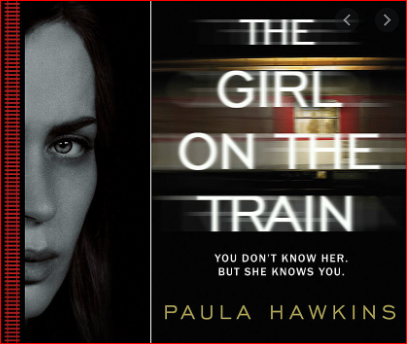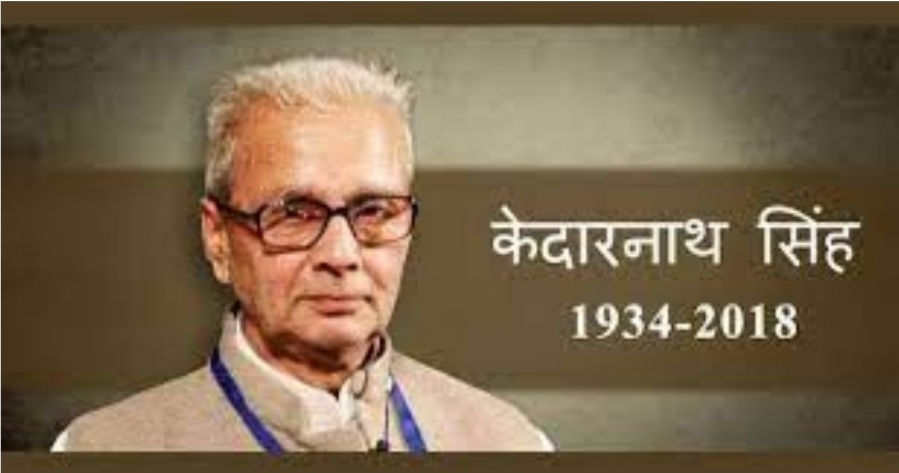The Girl on the Train
Let's award the most unreliable narration of my life, shall we? Here goes to 'The Girl on the Train' by Paula Hawkins. It is no wonder that this particular book was made into a movie. Surely, cinematic adaptations don’t always come too close to the perfection of its book but when even the storyline is as such, chances of a bad movie are slim. A grip of anxiety that doesn't let go of you till the very end, each passing chapter leaving you with more questions than the earlier, a juggle of timelines and narrators with the perfect balance; these might be phrases adequate enough to summarize what one feels while reading the book.
The story has a 'woman' on the train but is named "The Girl on the Train" credits to which could perhaps be given to Paula Hawkins' earlier book, a success as good as this one, "Gone Girl". "One for sorrow, two for joy, three for a girl. I'm stuck on three. I just can't get any further."- this is Rachel. She has her own share of past trauma and is now an alcoholic divorcee that takes the same train to and from work every day. With her pre-mixed gin and tonic cans for company, she sees the lives of the people living near the rail track which, to her eyes, is perfect. Jason and Jess, as named by her, originally Scott and Megan, is the perfectly-in-love couple and Rachel's favourite of all families. When a day's headline shows Megan in it, Rachel can no longer stay just a girl on the train and has to extend her help, knowing that Scott would never hurt Megan. Their house-- number 15 --being close to her old house-- number 23 --where her ex-husband Tom and his wife Anna lived now provides several collisions with her past and present, none of them pleasant.
The story is said from three people's points of view. Rachel's and Anna's from almost the same or consecutive timelines and Megan's from the past. Each narrator has their own personal milieu. An unforgettable past, present and future respectively. Each person a character in the other's, having their own set of problems. It almost feels like the writing style too is different per narrator but it isn't and that doesn't affect the flow at all. No dilemma as to who the narrator or what the timeline is. All as distinct as can be.
The story has five protagonists (or antagonist, depending on who's narrating), not one of them likeable. Yes, everyone has their own reasons for that and their very own sane versions but Hawkins didn't seem to have even bothered. I am not suggesting that there is the necessity for likable characters in such a story but the reader never gets to empathize within the premise. The story forever moves on an unsteady path and the feeling is such that it does not cause us to give out even a tiny sympathetic wince when any one of the characters get hurt in any way. The author has compelled us to have our fair share of hate for each one of them and that perhaps might be of help to the light-hearted. In other words, she has made every character as human as possible.
The tension is high throughout the book. Hawkins never lets it slip. You almost dread turning every page but still can't wait to do so. But if you are a person who likes to go beyond a story trying to connect the dots while reading (like me) it may or may not turn out to be predictable. I could figure out what the missing piece was way before the story got there but don't let that dishearten you, she still has a treat in the end.
Hawkins has assembled all the facts in front of the reader's naked eye and finally connected them to reveal the only obvious conclusion that was kept hidden all the while. This is not the easiest trick to pull off which she has indeed pulled off, just not before everybody. Despite the slight predictability, the writing is so on point and enthralling that it still doesn't bore you. As the readers' rule goes - never end a book midway, like it or not, make it to the end or give up your reader's badge.



👍👍
ReplyDelete